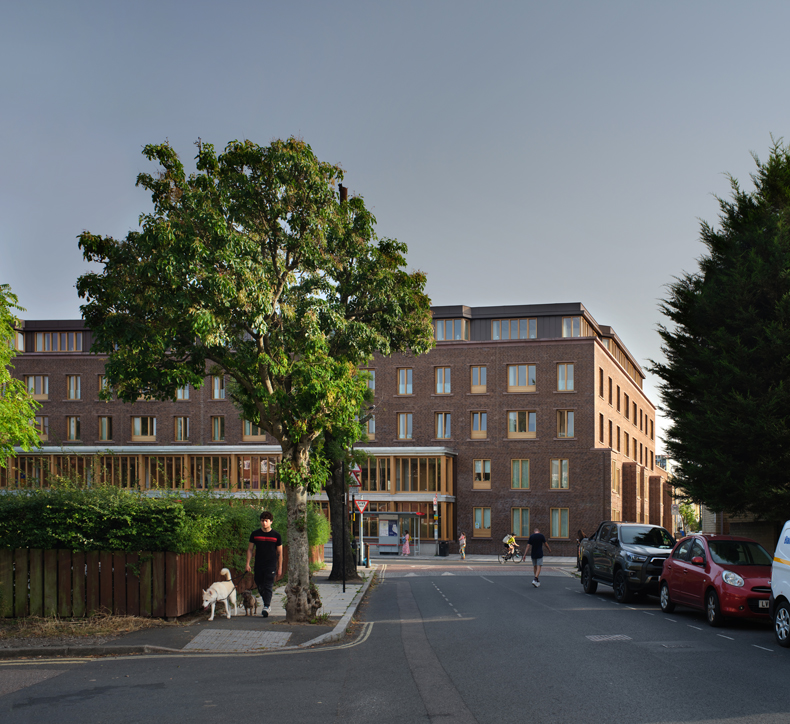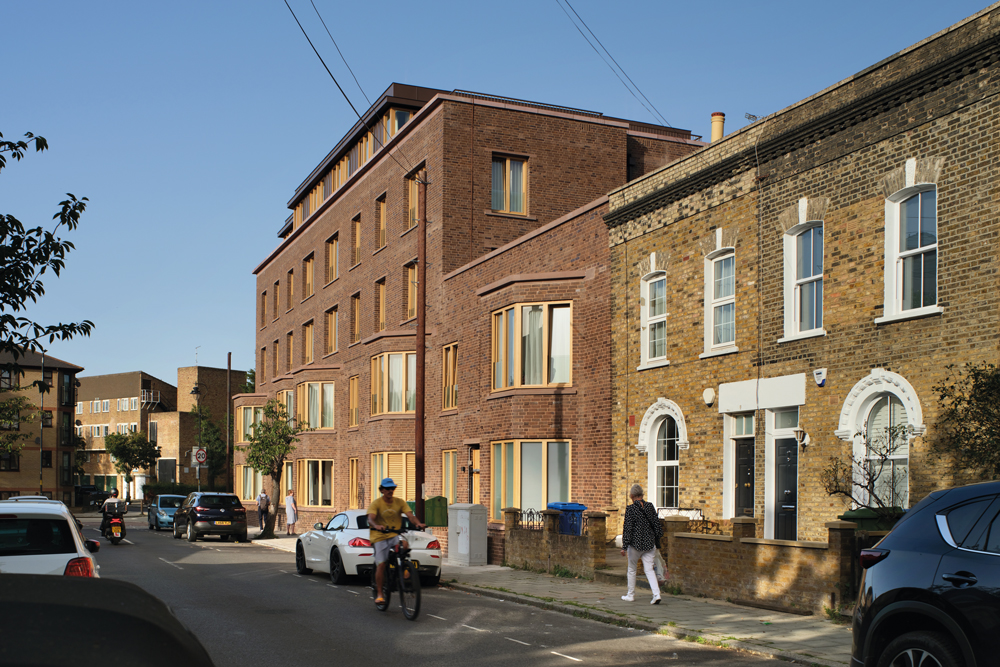From the February 2024 issue of Apollo. Preview and subscribe here.
Loneliness in old age has long been regarded as a problem. In the past, religious foundations and wealthy merchants or landowners might provide communal shelter and support for the elderly and vulnerable in buildings variously described as almshouses, hospitals or hostels. While most of these establishments were for men, in the Middle Ages, the begijnhoven of the Low Countries, for example, began to offer enclosed courtyard housing for lay sisters, usually centred on a chapel or communal dining space.
Several of these institutions are still going today, with a remarkable continuity of use and purpose – and some of the oldest are in the process of being renewed to ensure them a long future. One such almshouse is the Lord Leycester Hospital in Warwick, which has recently been repaired and renovated under the guidance of Donald Insall Associates.
When Robert Dudley, Earl of Leicester and a favourite of Elizabeth I, decided to provide shelter and support for some of the distressed soldiers who hung about the streets and yards of the city, he identified a group of 14th-century timber-framed buildings belonging to the United Guilds of Warwick. Dudley’s provision of an endowment generated £200 a year for the hospital named after him, with living space slotted into the buildings around the medieval courtyard and the great hall serving as refectory. The first 12 ‘brethren’ and a master were installed in December 1571.
For Victorian visitors, fascinated by the antiquarian forms of life that could be found behind the hospital’s gatehouse, the quaintly uniformed brethren proved a major attraction. As the novelist Henry James put it in 1877, ‘their picturesque dwelling […] seems a wonderfully elaborate piece of machinery for its humble purpose.’ When it came to repairs, the work was largely cosmetic and could involve sham timber-frames being painted on to plaster purely for effect.

Renovation is a more complex undertaking in the 21st century. Many almshouses are listed buildings, which means that trustees can be caught between their responsibility for historic structures and the needs of the beneficiaries. Preserving and updating an ancient building to accommodate shifting tastes and meet essential needs poses some knotty problems. Matthew Vaughan of Donald Insall Associates points out the central contradiction: how much of the fakery – those Victorian additions, for instance – counts as history too, as authentic in a way as the original fabric?
At the Lord Leycester, much of the new work involved improving comfort and accessibility for visitors and aiming to generate higher ticket sales and income from an upgraded shop and cafe. Changed floor levels allowed for underfloor heating and a platform lift for wheelchair users has been inserted. Now more of the site, including part of the master’s accommodation, can be seen. The current master, Heidi Meyer, is a former British Army officer and the first female holder of her post.
Two more historic buildings, the Anchor Inn and Brewery became part of the hospital in 1960 and provided much improved accommodation for the brethren, who by then were permitted to share premises with their wives. Those buildings too have been renovated in the current round of works.
Almshouses also offer an evolving – and much needed – model of social responsibility. In Bermondsey in south London, United St Saviour’s, a charity founded in the mid 16th century, already maintains the tiny 18th-century Hopton’s Almshouses tucked away behind Tate Modern. It has recently opened another building in Southwark called Appleby Blue, home to more than 60 residents and designed by Stirling Prize-winning firm Witherford Watson Mann.

Appleby Blue is no retreat from city life, but an important element of the neighbourhood, from which many of its residents come and to which they remain connected. Sited on a main road, with a new bus stop immediately outside, the brick front elevation is reticent, except for projecting bay windows. On entry, however, the predominantly south-facing building is full of warmth and charm. It ranges between two and five storeys and opens out to wrap around three sides of the Garden Court, designed by Grant Associates, with a water feature, ground-cover planting and trees. The double-height Garden Room includes an inviting eating area and communal kitchen at one end, a meeting space and seating at the other. On the second floor there is also a planted roof terrace that serves as a productive garden for the kitchen.
Every apartment is dual aspect and has views of the gardens, with a glazed gallery linking them. Throughout, a muted palette of oak, matt steel and light brick emphasise the calm atmosphere. Angled elements invite sunlight in or views out, for this building encloses but does not entrap – and it never feels institutional. United St Saviour’s is heavily committed to placing activities around food at the centre of communal life. A research programme into ageing, run by Bournemouth University, points to the considerable health and social benefits, including greater longevity, of almshouse living.
Appleby Blue, so closely considered and well informed by experienced clients, is an example of ideals translated into reality. Jude Leighton, head of housing for United St Saviour’s, acknowledges the 19th-century social reformer Octavia Hill – a pioneer of professional housing management – as an inspiration. The way Hill brought her own or her colleagues’ knowledge of people and place together to best effect lies at the heart of the approach of her modern counterpart. As architect Stephen Witherford says, Appleby Blue is ‘a place where residents are firmly at the centre of life around them’.
Hill was acutely aware how much improved housing, communal activities and an emphasis on self-worth helped the urban poor at a time when the provision of social welfare was in its infancy. At a time when that provision is so diminished, almshouses still have an important role to play.

From the February 2024 issue of Apollo. Preview and subscribe here.



